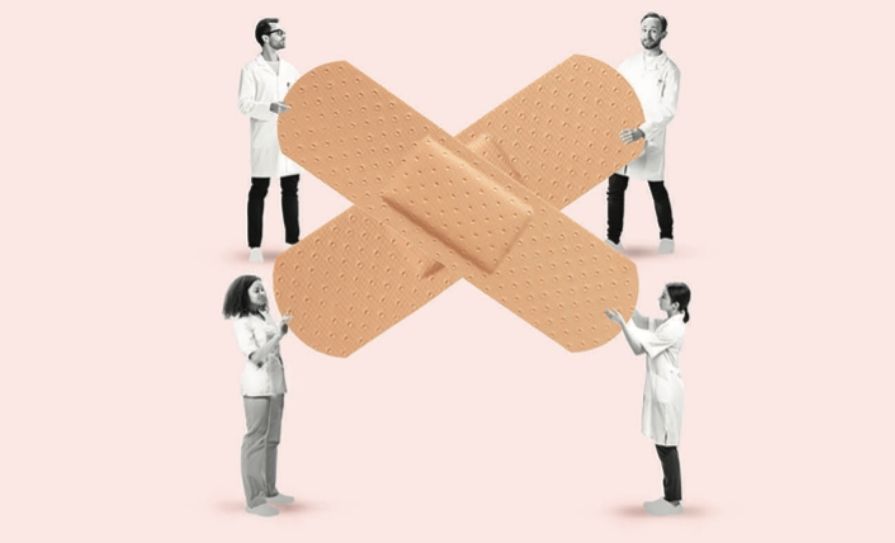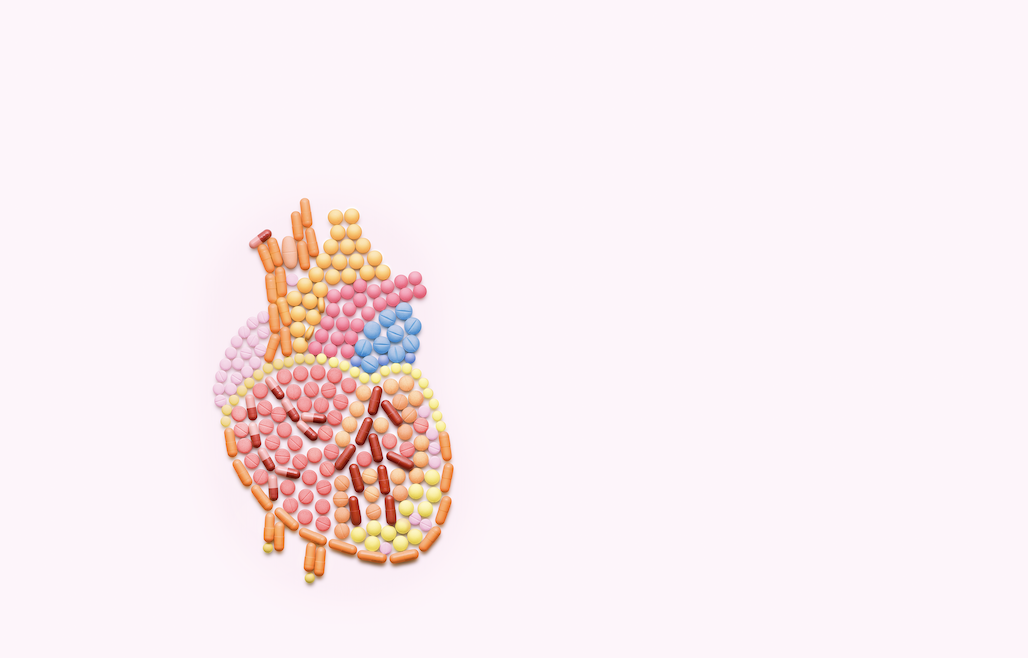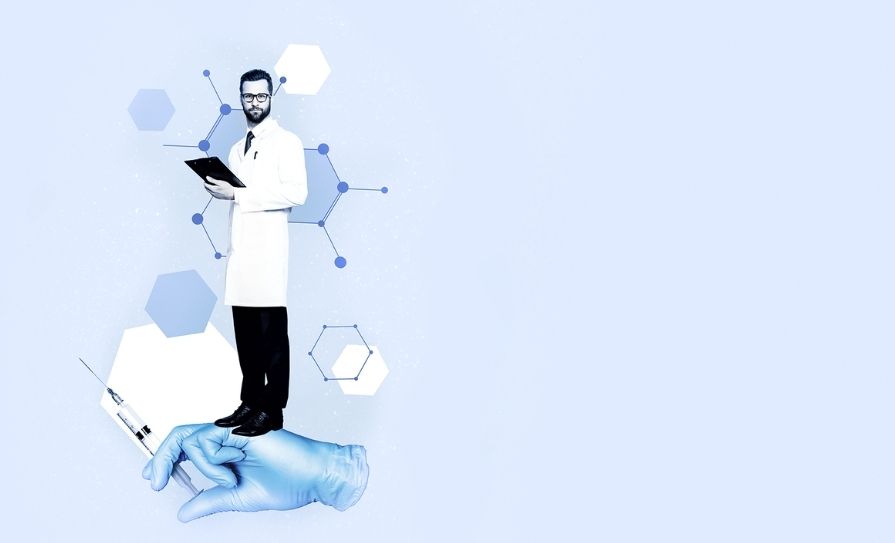Damien O’Brien MPSI looks at the various considerations in wound care, including common wounds and pharmacological treatments
Introduction
A wound is defined as disruption or damage of living tissue, such as skin, mucous membranes, or organs. Wounds and wound complications can cause significant morbidity and mortality, as well as impose a huge burden on the healthcare system. Wound care is an important aspect of healthcare, encompassing the prevention, assessment, and treatment of various wounds. The goal is to promote the healing of injuries to the skin and surrounding tissues while preventing wound complications.
Pharmacists are accessible healthcare professionals who play a vital role in wound care. Their responsibilities in wound care include providing first aid, advising on pharmacological treatment options, dispensing prescribed medicines, educating patients, and referring patients to other healthcare professionals when necessary. This article will provide an overview of wounds, their classification, effective wound care practices, common conditions, wound assessment, and both pharmacological and non-pharmacological treatment options available.1
Classification
Wounds can occur due to a variety of factors, including trauma, burns, surgery, chemical damage, or underlying conditions such as diabetes, immunological diseases, and arterial or venous insufficiency. Wounds can be broadly classified as acute or chronic. Acute wounds typically follow a predictable healing pattern and timeframe. Examples of acute wounds include abrasions, lacerations, puncture wounds, and surgical wounds.
It is important to determine the time elapsed since the injury, the likelihood of contaminants in the wound, the timing of the patient’s last tetanus vaccination, and the involvement of neurovascular supply, bony structures, tendon, ligament, and muscle.
In chronic wounds, healing stalls during the normal stages of inflammation and these wounds often fail to heal within three months. This is usually due to underlying conditions, infection, or impaired healing processes. Examples of chronic wounds include diabetic ulcers, venous ulcers, arterial ulcers, and pressure injuries.1
Effective wound care practices
Good wound care practices are essential to prevent wound complications. Wound complications can be severe, including infection or delayed healing, which may result in discomfort, disability, or even death. Effective wound care requires a patient-centred approach, considering the type of wound, its underlying cause, and the patient’s overall health.
A thorough assessment is crucial for ensuring prompt diagnosis, with proper documentation needed to track the healing process and adjust treatment as necessary. Maintaining a sterile environment is vital to reduce the risk of infection and other complications. Sterile saline is appropriate for wound cleaning, while proper hand hygiene, the use of gloves, and adherence to infection control protocols are also critical measures. Appropriate wound dressing plays an important role in protecting the wound from contaminants. Proper wound care should address the patient’s needs, promote normal healing, and prevent complications.2
Assessment and diagnosis
The assessment and diagnosis of wound conditions require a comprehensive overview of the patient’s medical history, nutritional status, mobility, social factors, wound characteristics, wound duration, and any previous trauma. An accurate wound assessment is vital for determining appropriate treatment.
A detailed medical history is necessary to identify underlying conditions that may impact wound healing, such as diabetes, vascular disease, and immunosuppression. The medical history should also gather information about the cause of the wound, previous treatments, prior ulceration, and any allergies.
Assessment of wounds should follow a systematic approach, and the wound assessment tool TIMERS provides a comprehensive method for this process. TIMERS examines tissue, infection/inflammation, moisture, wound edge, repair/regeneration, and social factors relating to the wound.1
A thorough assessment of the wound should measure its size, depth, and location, while also evaluating the presence of necrotic tissue and exudate. Signs of infection, such as increased pain, inflammation, erythema, warmth, odour, and purulent discharge should also be assessed. If infection is suspected, a wound culture may be necessary to identify the pathogen and ensure appropriate antimicrobial therapy.
Blood tests may be required to evaluate the patient’s general health and identify underlying conditions that could impede wound healing. These tests may include a full blood count and blood glucose levels. Imaging studies, such as ultrasound imaging, computed tomography (CT) scans, magnetic resonance imaging (MRI), and x-rays may be useful in assessing deeper tissue involvement in chronic wounds. Since malnutrition can hinder wound healing, a nutritional assessment may also be required to determine if supplementation is necessary.1,3
Common wound conditions
Wounds can arise in various ways and vary widely in severity and complexity. Acute wounds are often caused by trauma and generally follow a predictable healing pattern. Examples of acute traumatic wounds include abrasions, lacerations, and puncture wounds.
Surgical wounds are deliberate incisions made during a medical procedure and are typically managed in a controlled environment. Burns, which may be caused by heat, radiation, or chemicals, are classified based on the extent of tissue damage and depth. Examples of acute traumatic wounds include abrasions, lacerations, and puncture wounds.
Pressure ulcers, also known as bedsores, are injuries to the skin and surrounding tissue. These wounds are typically seen in immobile or elderly patients and occur due to prolonged pressure on the skin. Diabetic foot ulcers involve a breakdown of the skin and deeper tissue of the foot, leading to ulcer formation. They result from mechanical stress applied to the foot combined with neuropathies or peripheral artery disease. Venous leg ulcers occur due to poor venous circulation, which leads to chronic inflammation and breakdown of tissue, often located on the lower legs.3
Pharmacological treatment
Pharmacological treatment plays a critical role in wound care by helping to prevent infection, treat infection, reduce pain, and promote healing. Neomycin, mupirocin, and fusidic acid are examples of antibiotics commonly used topically to prevent and treat localised wound infections. They are effective in treating mild-to-moderate infections that lack deeper tissue involvement or systemic symptoms. These agents may exhibit dose-dependent effects, with some being bacteriostatic at lower concentrations and bactericidal at higher concentrations.
Topical antibiotics can be applied directly to the wound or incorporated in dressings. Prolonged use should be avoided to prevent resistance. Adverse effects of topical antibiotics are generally localised, including erythema, itching, swelling, and irritation. Systemic antibiotics may be necessary for infections involving deeper tissues or presenting with systemic symptoms, such as fever, malaise, or cellulitis.
The antibiotic agent chosen should be selected in line with antimicrobial policy to avoid unnecessary and prolonged administration of antibiotics. The antibiotic regimen should be selected based on culture and sensitivity. Examples of systemic antibiotics used for wound infections include flucloxacillin, clindamycin, doxycycline, and cephalexin. Systemic antibiotics are usually well-tolerated, but common adverse effects include nausea, vomiting, diarrhoea, skin rashes, and allergic reactions.4,5
Analgesia is an important factor in wound care, particularly in burns, acute traumatic wounds, and pressure ulcers. Pain is often experienced by patients and frequently overlooked in wound care. It can negatively affect wound healing and significantly reduce the quality of life for patients. Pain is multifactorial, involving both physiological and psychological aspects. Proper assessment of pain, including its type, duration, and severity, is necessary to establish an effective pain management plan.
The World Health Organisation has a three-step approach for analgesia that can be modified for wound pain. Step 1 involves the use of paracetamol and/or a nonsteroidal anti-inflammatory drug (NSAID), with or without an adjuvant. Examples of NSAIDs that can be used include ibuprofen, diclofenac, naproxen, and meloxicam. NSAIDs are an important pharmacological intervention due to the inflammatory nature of chronic wounds. Adjuvants that can be used in Step 1 include anticonvulsants, tricyclic antidepressants, benzodiazepines, and corticosteroids.
If pain is not controlled with Step 1 approaches, an opioid such as codeine or tramadol can be added to the initial medication for Step 2 treatment. Step 3 treatment approaches are used if Step 2 medications fail. This involves discontinuing Step 2 medications and using more potent opioids, such as morphine. The adverse effects of analgesics should be considered, with common adverse effects of opioids including respiratory depression, nausea, constipation, sedation, and risk of dependency. The risk of analgesics exacerbating further symptoms and complications should also be considered.6
The use of corticosteroids may also be considered in the pharmacological management of wounds. Topical corticosteroids, including clobetasone and betamethasone, may be used in cases where an excessive inflammatory response hinders wound healing. However, topical corticosteroids can increase the risk of infection and delay the healing of open wounds if used inappropriately. The use of corticosteroids is considered off-label use and should only be initiated and overseen by specialist services.7
Systemic corticosteroids can be useful in the treatment of ulcers secondary to connective tissue diseases, such rheumatoid arthritis and other disorders. However, prolonged use of corticosteroids can negatively affect wound healing, with additional adverse effects, such as reduced bone mass density, mood alterations, adrenal insufficiency, and increased blood glucose levels. Silver sulfadiazine can also be used topically, as it acts on the cell membrane and cell wall to exert a bactericidal effect. It is often used to prevent infection and promote healing in burns, superficial skin infections, and ulcers.8
Non-pharmacological treatment
Non-pharmacological interventions are important in wound care and can be used as monotherapy or to complement pharmacological treatment options. These methods aim to address underlying factors that hinder wound healing, optimise the wound healing environment, and prevent complications.
Honey, with its antimicrobial properties, is often used in dressings to maintain a moist environment and stimulate tissue regeneration.9 Proper nutrition and hydration are essential for optimising wound healing. A balanced diet, rich in minerals and vitamins — particularly vitamins A, C, and E — is crucial to supporting immune function and tissue repair. Smoking reduces oxygen delivery to tissues and impedes wound healing. Smoking cessation should be encouraged to improve blood circulation and enhance wound healing.1
Techniques, such as offloading, can be useful for patients with pressure injuries and diabetic foot ulcers. This involves reducing pressure on the affected wound area to promote healing. Compression therapy, using compression dressings or stockings, is an important intervention for treating venous leg ulcers. Debridement, the removal of necrotic tissue, is essential in the treatment of certain chronic wounds. It can be performed in a variety of ways, including chemical, mechanical, surgical, and autolytic methods.8
Wound healing is optimised in a moist and clean environment, as this facilitates the movement of growth factors and epithelial cells to the wound bed. Dressing selection should be individualised based on each patient’s needs and the characteristics of the wound. An ideal dressing should create a clean and moist environment, remove excess exudate, prevent desiccation, allow gas exchange, be impermeable to microbes, and be free of toxic materials.
Infected wounds and those with excessive exudate should be monitored and changed more frequently, while non-infected wounds may require less frequent changes. Dressings can vary widely in their properties and may include alginates, hydrocolloids, hydrogels, foam dressings, and silicone dressings.8
Role of the pharmacist
Pharmacists are ideally positioned in the community to play a vital role in wound care, extending beyond their traditional role of dispensing medications. Wound care is a multifaceted area where pharmacists contribute significantly to improving patient outcomes. Pharmacists are heavily involved in medication management — ensuring appropriate treatment choices, screening for drug interactions, and promoting adherence to medication.
They can educate and support patients on crucial aspects of wound care, including infection control, dressing changes, nutritional support, and smoking cessation. Pharmacists can also monitor for signs of infection and refer patients to their GP when necessary to prevent complications. Additionally, they can collaborate with other healthcare professionals to develop and implement comprehensive care plans tailored to each individual patient, ensuring continuity of care, and enhancing clinical outcomes.
References
- Nagle SM, Waheed A, and Wilbraham SC (2023). Wound assessment. [online] PubMed.
- Evans L (2015). The importance of effective wound care. [online] Open Access Government.
- Grey JE, Enoch S, and Harding KG (2006). Wound assessment. British Medical Journal, [online] 332(7536), p285-288.
- Dallo M, Patel K, and Hebert AA (2023). Topical antibiotic treatment in dermatology. Antibiotics, 12(2), p188.
- Zabaglo M, and Sharman T (2024). Postoperative wound infection. [online] PubMed.
- Bechert K, and Abraham SE (2019). Pain management and wound care. The Journal of the American College of Certified Wound Specialists, [online] 1(2), p65-71.
- Use of topical steroids in wound care where an excessive inflammatory response may be present. Dec 2020. (n.d.)
- Enoch S, Grey JE, and Harding KG (2006). Non-surgical and drug treatments. British Medical Journal, 332(7546), p900-903.
- Tashkandi H (2021). Honey in wound healing: An updated review. Open Life Sciences, [online] 16(1), p1091-1100.







